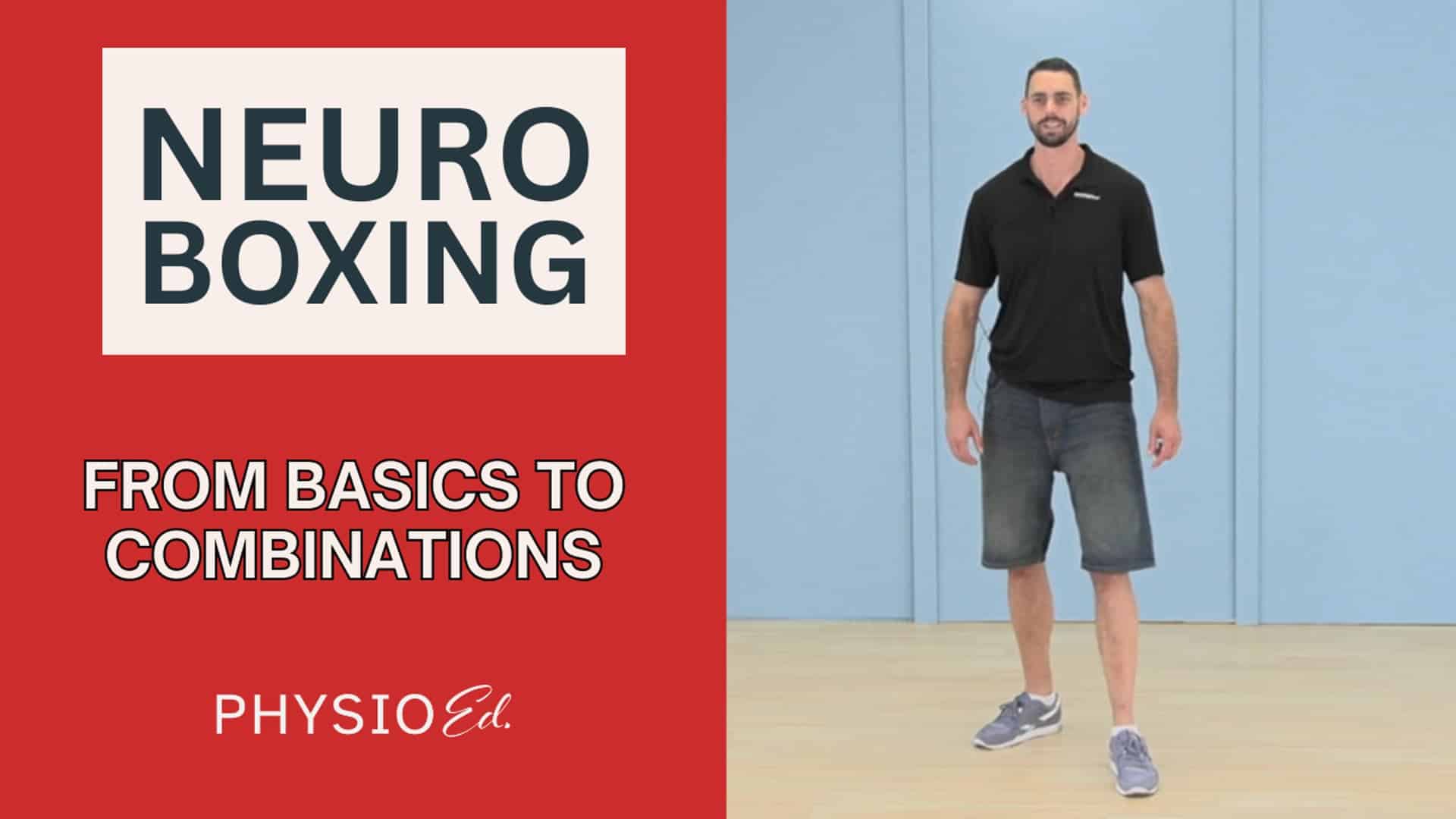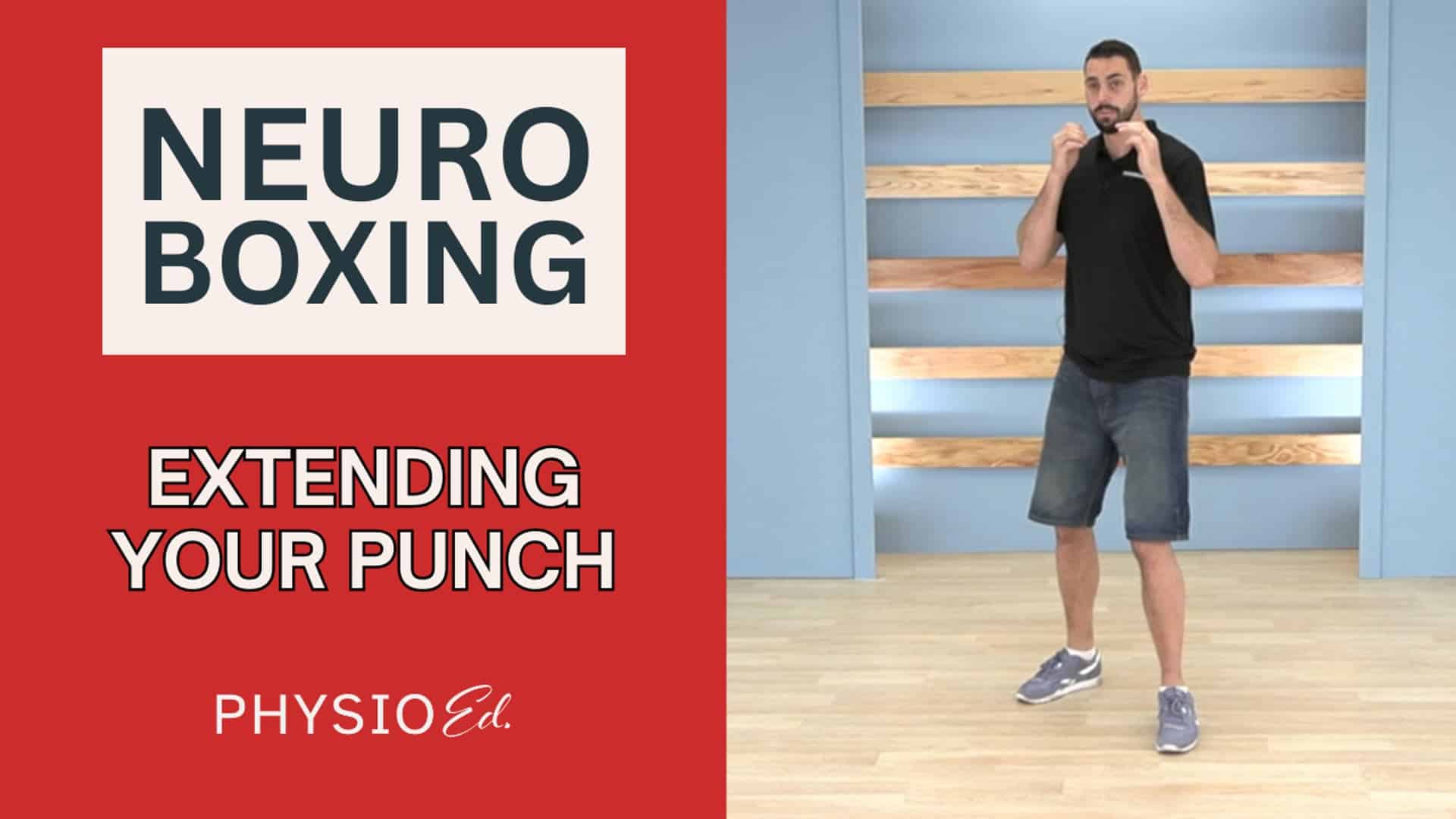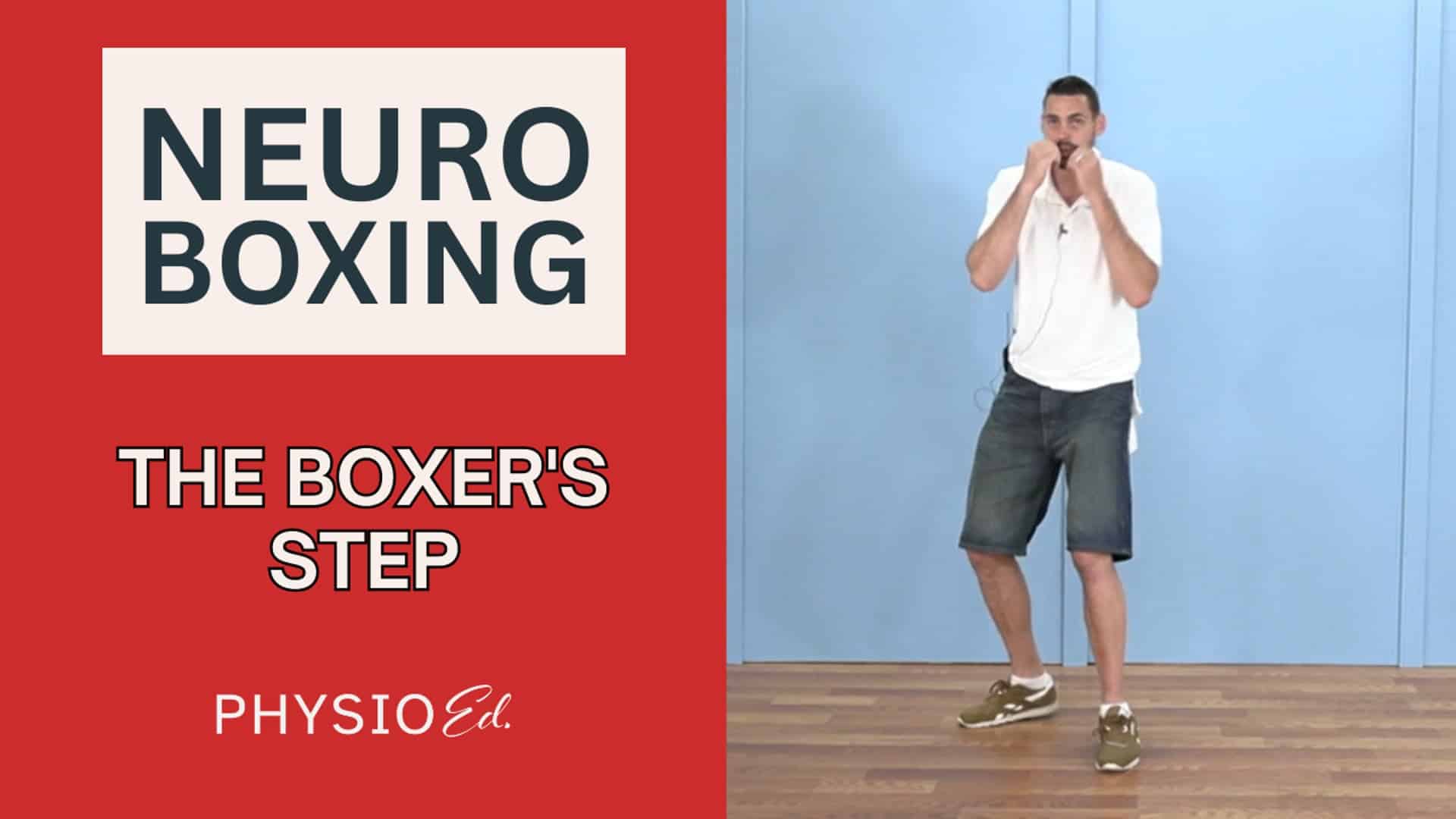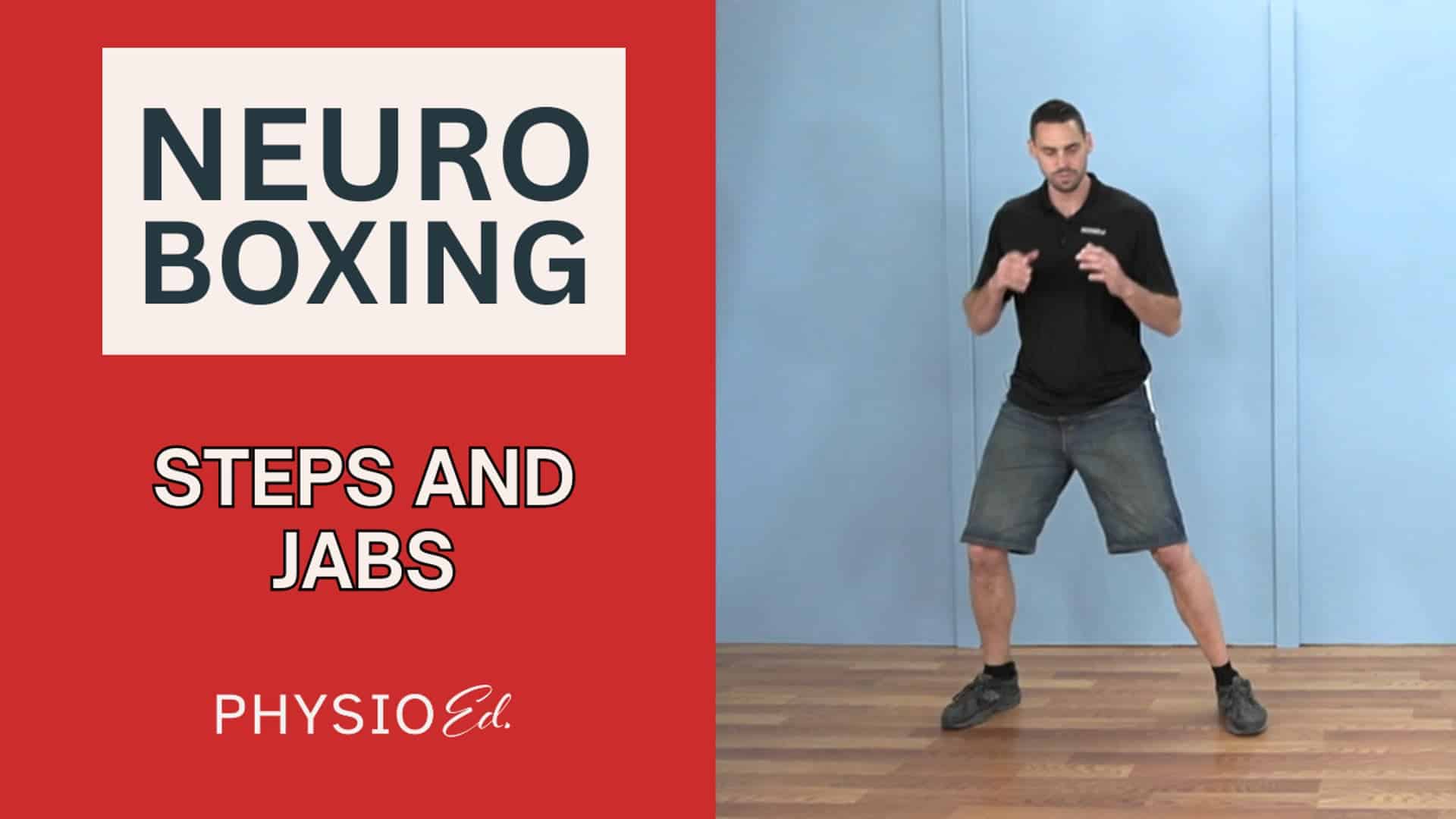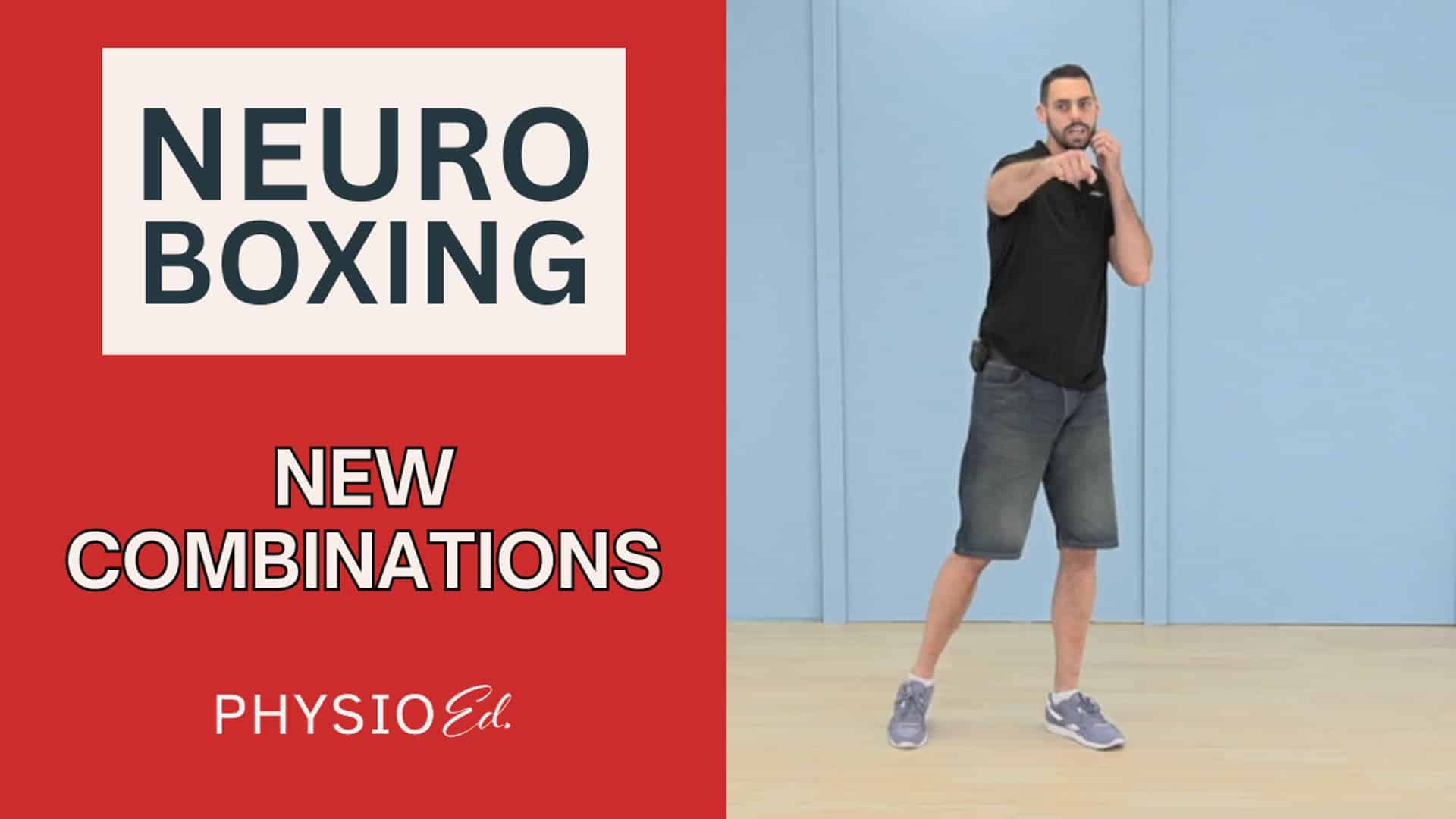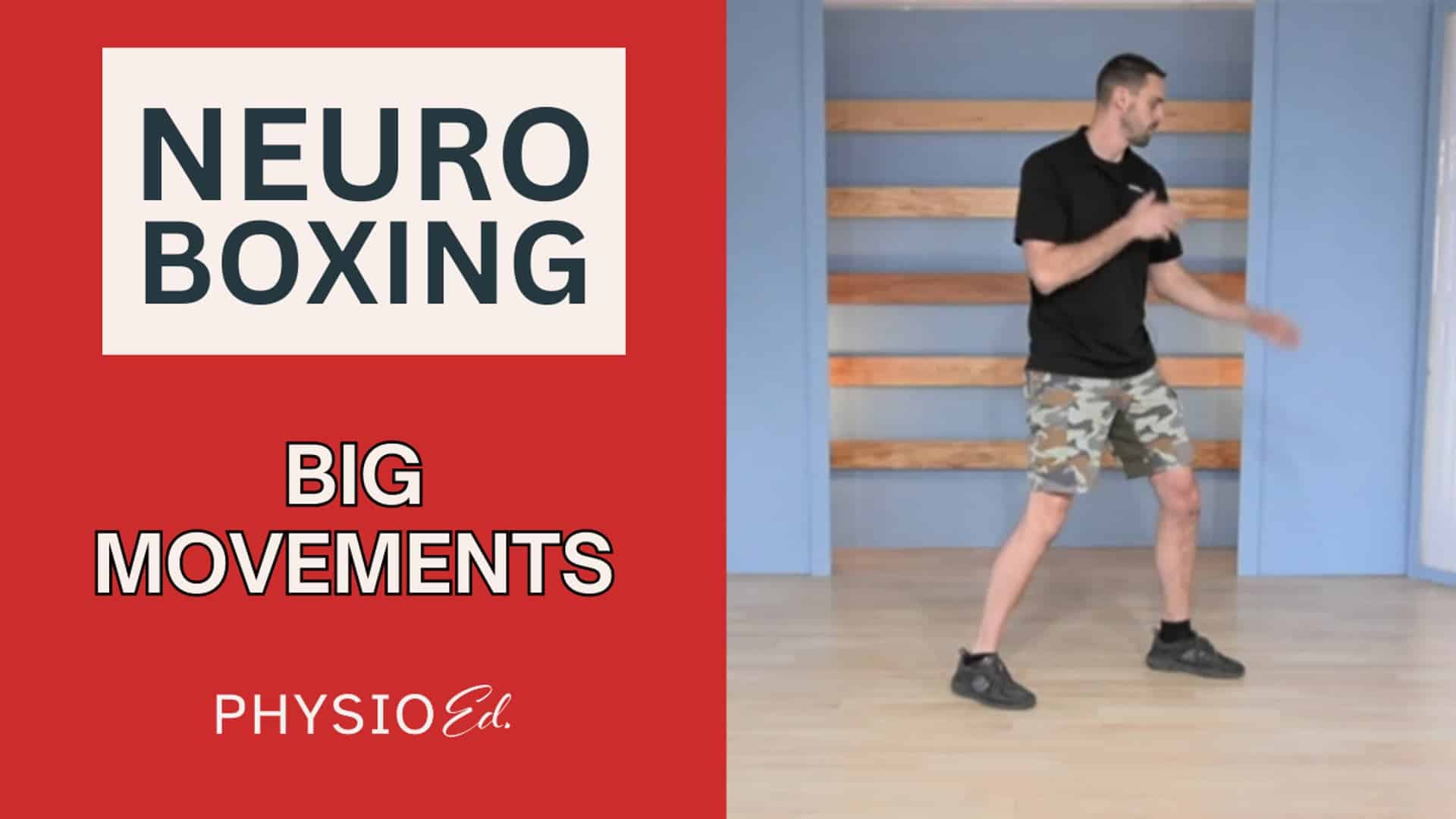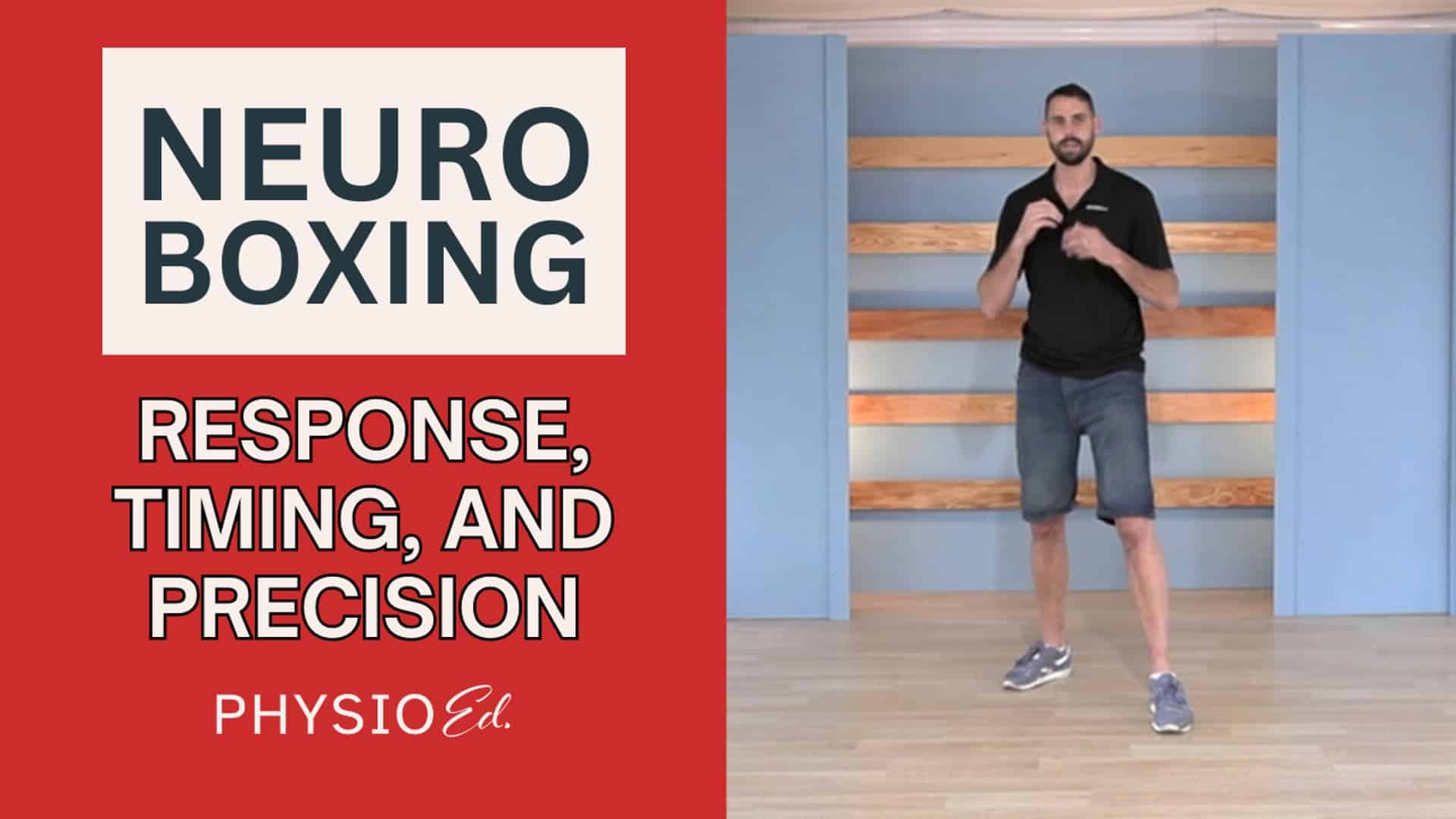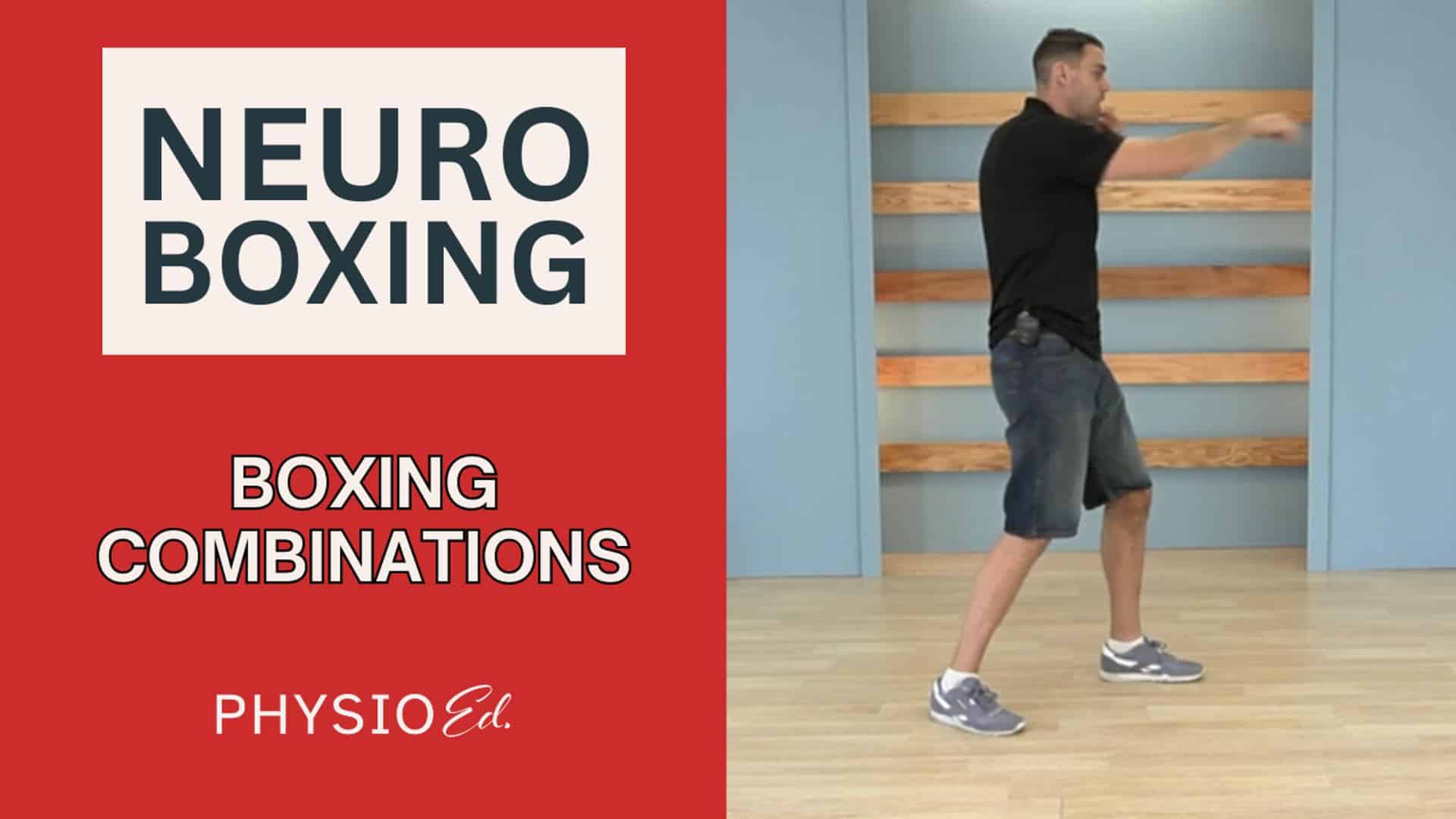From Basics to Combinations
CLASS TYPE Neuro Boxing EQUIPMENT USED Nothing LENGTH OF CLASS 45 Minutes FITNESS LEVEL Foundational INSTRUCTOR Dr. Jake Gladstone Under…
Extending Your Punch
CLASS TYPE Neuro Boxing EQUIPMENT USED Nothing LENGTH OF CLASS 45 Minutes FITNESS LEVEL Foundational INSTRUCTOR Dr. Jake Gladstone Extending…
The Boxer’s Step
CLASS TYPE Neuro Boxing EQUIPMENT USED Nothing LENGTH OF CLASS 45 Minutes FITNESS LEVEL Foundational INSTRUCTOR Dr. Jake Gladstone The…
Steps and Jabs
CLASS TYPE Neuro Boxing EQUIPMENT USED Nothing LENGTH OF CLASS 45 Minutes FITNESS LEVEL Foundational INSTRUCTOR Dr. Jack Gladstone Today…
New Combinations
CLASS TYPE Neuro Boxing EQUIPMENT USED Nothing LENGTH OF CLASS 45 Minutes FITNESS LEVEL Foundational INSTRUCTOR Dr. Jake Gladstone Mastering…
Warmups and Techniques
CLASS TYPE Neuro Boxing EQUIPMENT USED Nothing LENGTH OF CLASS 35 Minutes FITNESS LEVEL Foundational INSTRUCTOR Dr. Jake Gladstone Today,…
Foot Positioning and Punching Alignment
CLASS TYPE Neuro Boxing EQUIPMENT USED Nothing LENGTH OF CLASS 30 Minutes FITNESS LEVEL Foundational INSTRUCTOR Dr. Jake Gladstone Mastering…
Big Movements
CLASS TYPE Neuro Boxing EQUIPMENT USED Nothing LENGTH OF CLASS 30 Minutes FITNESS LEVEL Foundational INSTRUCTOR Dr. Jake Gladstone Today’s…
Response Timing and Precision
CLASS TYPE Neuro Boxing EQUIPMENT USED Nothing LENGTH OF CLASS 40 Minutes FITNESS LEVEL Foundational INSTRUCTOR Dr. Jake Gladstone The…
Boxing Combinations
CLASS TYPE Neuro Boxing EQUIPMENT USED Nothing LENGTH OF CLASS 30 Minutes FITNESS LEVEL Foundational INSTRUCTOR Dr. Jake Gladstone Today,…




